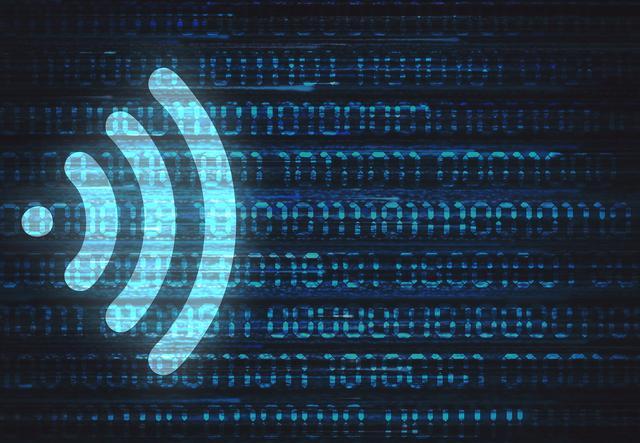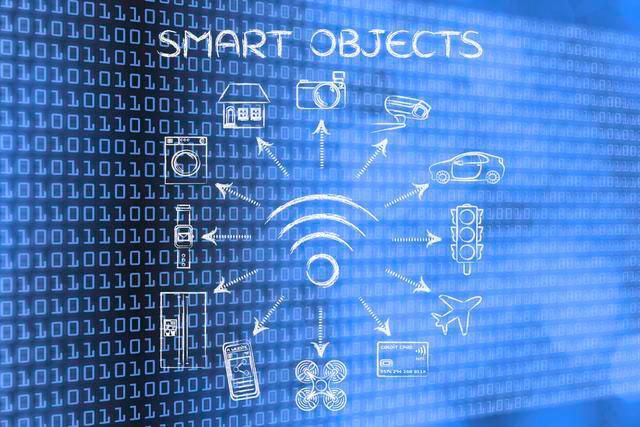We've all had the experience of watching a video on our phone with a bluetooth headset, suddenly realizing that something is wrong, and seeing a slight mismatch between the mouth shape of the speaker's lips and the sound heard through the headset - there is some kind of Delay. The delay experienced at this time is called Bluetooth audio delay.

While Bluetooth lag, which causes lag and lag, is nothing new -- it's been around since the technology's inception -- it's also irritating. Especially in online games, Bluetooth audio lag can be severe. So, this article will explain the root causes of Bluetooth latency, factors that can affect it, how to minimize Bluetooth audio latency, and why it may never (completely) go away.
What is the cause of Bluetooth audio lag?
To understand the cause of audio lag in Bluetooth headsets, it is first necessary to understand lag. Latency, in computing terms, refers to the time it takes for data to travel from one point on the network to another. In this context, latency is the time it takes for audio data to travel from its source (smartphone, TV, game console, or PC) to its destination (headphones or speakers).
Despite many advances in this area, the minimum latency achieved with modern Bluetooth headphones and earphones is still around 34ms (aptX low latency). While this delay sounds very small, it is much higher than the delay seen in wired headphones (usually between 5-10ms). For reference, a normal Bluetooth headset, such as AirPods, has a latency of about 150ms.
This further raises the question: why do bluetooth earphones have higher latency than wired earphones? To understand why wireless headphones have greater latency than wired headphones, you need to understand the sequence of events that occurs when data (audio in this case) is transferred from a device to a Bluetooth headset.
Since the original data cannot be transmitted wirelessly, the audio data is converted into a format compatible with Bluetooth transmission. It is usually compressed, so the data transfer takes less time (the smaller the data size, the faster the data transfer); the data is then transferred to the Bluetooth headset, which must be converted to an analog audio signal before it can be played. All of this takes time, and even though we're talking milliseconds here, these extra steps can delay the process, adding to the latency experienced when using a Bluetooth headset.
Factors Affecting Bluetooth Latency
Codec: As mentioned above, audio files are converted into a format suitable for transmission before being transmitted wirelessly. An audio codec is an algorithm (via Headphonesty) that compresses, encodes and decodes digital audio data. There are many codecs available, each with their own advantages and disadvantages. Ideally, you want the codec of the bluetooth headset to match the codec of the source device. Otherwise, the settings will simply revert to the oldest Bluetooth audio codec - SBC or Low Complexity Subband Encoding, which is prone to audio lag.
Interference: With so many wireless devices around, unwanted frequency signals can disrupt the connection between the device and the Bluetooth headset. Many devices, including wireless mice, smartwatches, smart home devices and others, operate on the same frequency as Bluetooth. These devices emit their own signals, which can block the flow of data from your device to the wireless headphones.
Distance between source device and Bluetooth receiver: Wireless connectivity has its own drawbacks, one of which is that it only works within a certain distance. Thanks to the latest developments in this area, Bluetooth devices can now even work up to a distance of 800 feet. However, walls and other physical obstructions can affect data flow, causing Bluetooth latency.
Bluetooth Version: Just like the codec, the Bluetooth version also plays an important role. It is important that the Bluetooth versions of the two devices (source and sink) match. Otherwise, only the functionality of the lower Bluetooth version will be available. For example, if the smartphone supports Bluetooth 5.2, but the wireless earphones only support Bluetooth 5.0, only the capabilities of Bluetooth 5.0 will be used (as it is the lower of the two).
5 Ways to Reduce Bluetooth Latency
1. Stay within range of your Bluetooth device
Now that it is known that the distance between the source and sink devices affects the performance of Bluetooth. The first step in reducing Bluetooth latency should be to make sure the two devices are close to each other without too much physical obstruction in between.
2. Disconnect and reconnect the Bluetooth device
Typically, the cause of increased Bluetooth latency is a connection error. It is possible that the device was not connected properly when paired. Many Bluetooth devices also experience lag when staying connected for long periods of time. In this case, simply disconnecting and reconnecting the bluetooth device will solve the problem. If disconnecting and reconnecting doesn't help with the Bluetooth lag, try unpairing the device and then pairing it again.
3. Use different codecs
As mentioned above, it is important to match the codec of the source device and the bluetooth device, otherwise, the settings will revert to the oldest bluetooth codec, which is prone to audio lag. While most modern operating systems are smart enough to choose the appropriate codec on their own, there are ways to force a device to use a specific codec for a specific device.
While Apple doesn't allow manual selection of a codec, it's possible to do so on Android. On an Android smartphone, enable Developer Options in Settings and select the appropriate option under Bluetooth Audio Codec Settings. To check the types of codecs supported by your Bluetooth headset, check the device's specifications page.
4. Try using a Bluetooth 5.0 (or above) device
Bluetooth 5.0 isn't new, and yet it hasn't made the switch to all devices using Bluetooth 5.0. One of the reasons Bluetooth 5.0 (or above) devices are recommended is that the latest Bluetooth introduces a new technology called Audio Video Sync (or A/V Sync) to minimize audio latency. This technology allows the smartphone (or the device on which the video is being viewed) to estimate the amount of delay set and add the delay to the video playing on the screen. This way, it doesn't necessarily eliminate lag, but it ensures video and audio alignment. However, it is important to note that audio-video synchronization is useless for applications such as games, which are interactive and happen in real time.
5. Turn off power saving mode
To extend the battery life of a device, battery-saving options are often used on smartphones and other computing devices. However, using these options may increase audio latency, as these power saving modes often reduce the processing power of the device. To ensure you experience minimal latency, turn off your device's battery saver mode before connecting to a Bluetooth headset.
why it may never go away
Bluetooth technology is developing rapidly and has now reached a tipping point. Most smartphone manufacturers have removed the 3.5mm headphone jack from their devices as it provides a more comfortable listening solution. Despite these advancements, it's worth noting that latency is a problem that can't be completely eliminated -- at least for now.
The whole process of converting audio data into a signal, transmitting and decoding it will always be there, which will cause some kind of delay. Additionally, most audio accessory manufacturers now prefer to offer true wireless earphones, which require extra latency to keep the left and right earphones in sync. Currently, there is no way to completely eliminate Bluetooth audio lag, but there are ways to minimize it (described above).

That's not to say that Bluetooth devices are useless. While Bluetooth devices may not be replaceable in areas where absolute "zero latency" is required, the technology still makes everyday use more convenient.